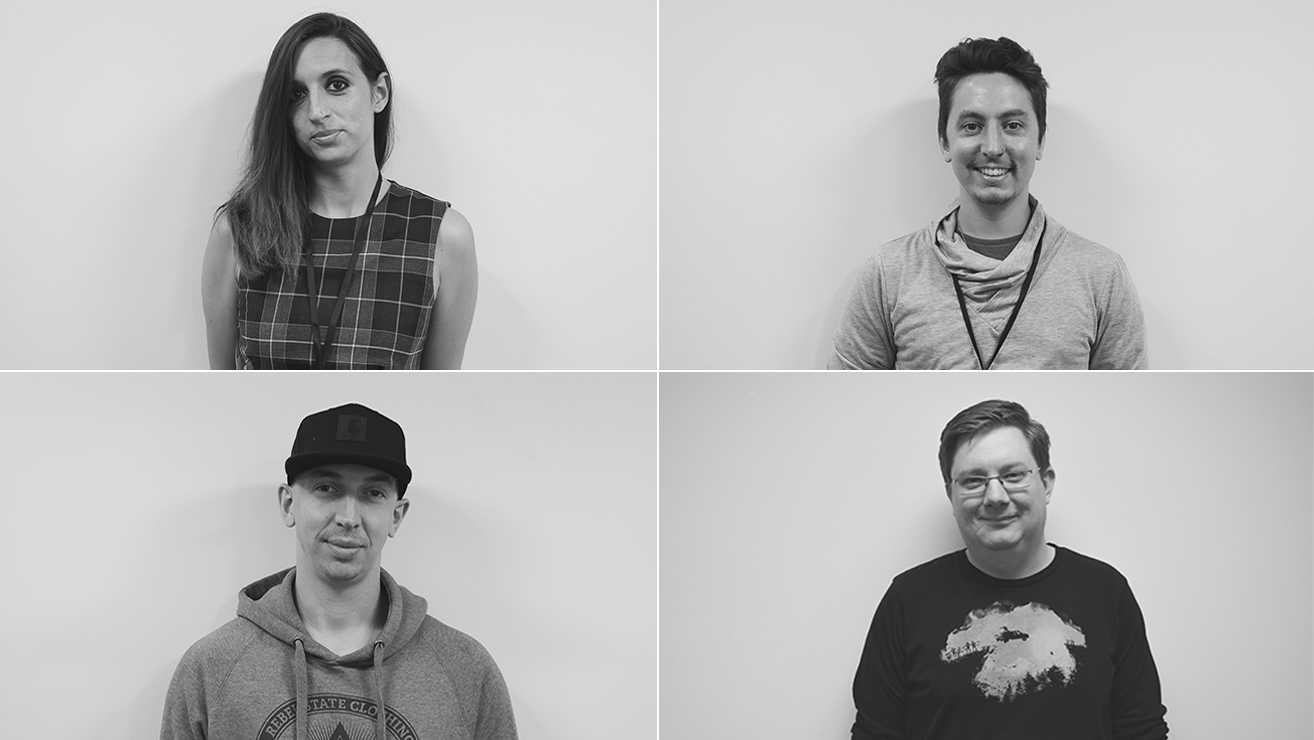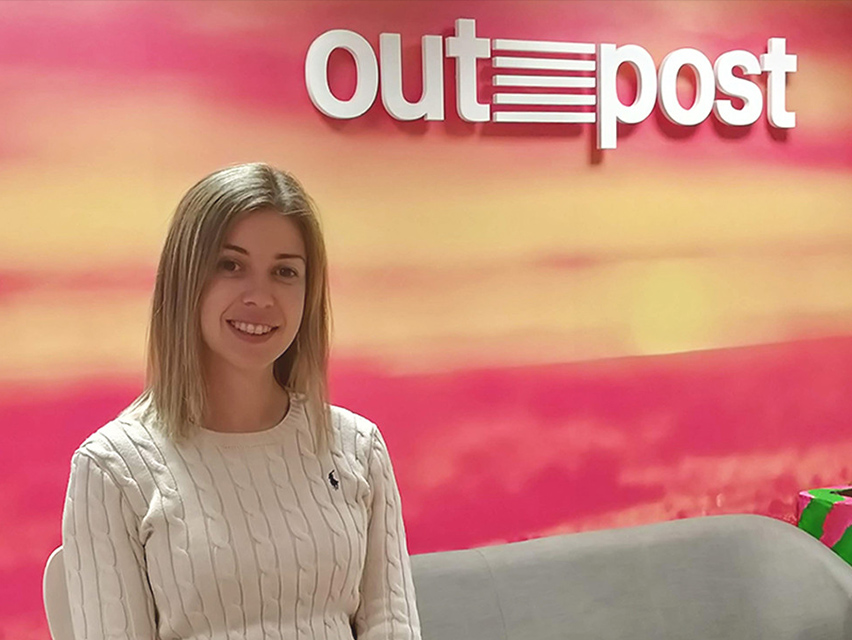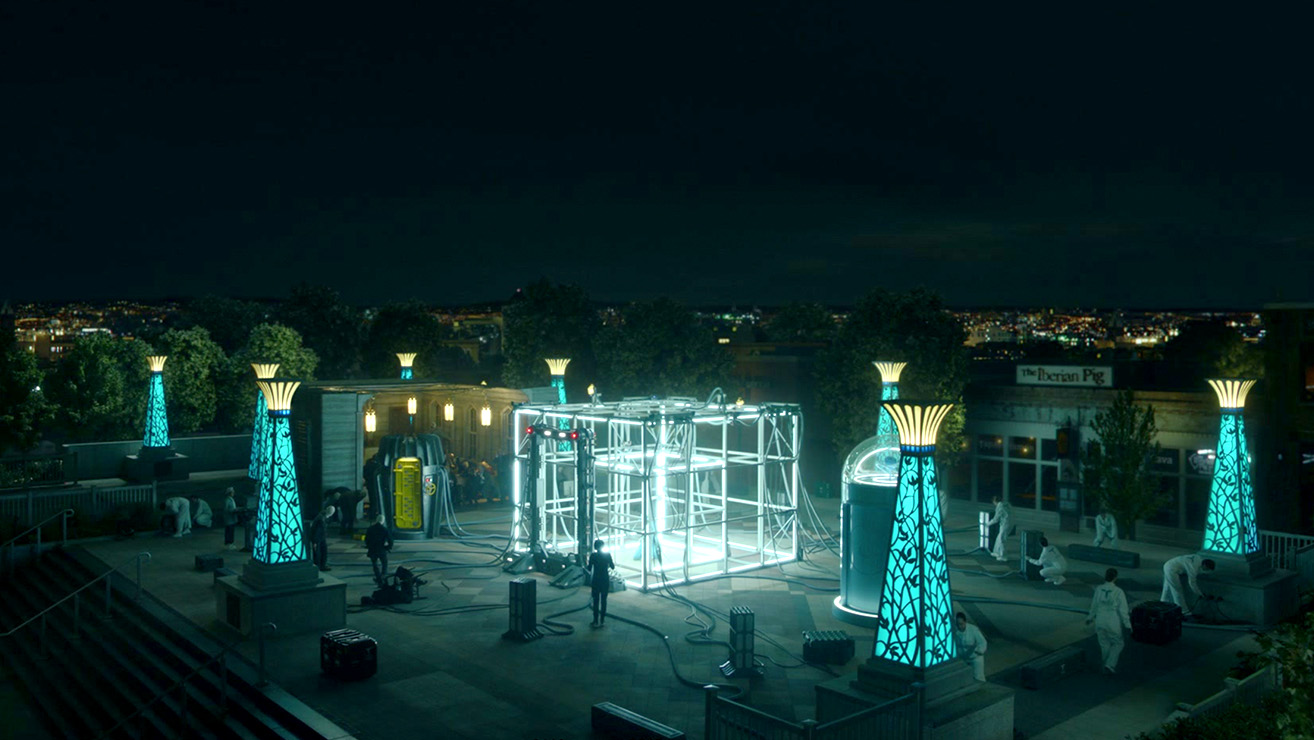Be the first to know — Get Outpost's monthly newsletter for news, tips and job opportunities.
Ideas
Don't Fix It In Post: Concept Art
Discover how working with VFX-native concept art teams early in pre-production can benefit projects of any size
VFX is obviously no exception to this, and with productions grinding to a halt globally due to Covid-19 it’s never been more apparent that the more you do early on, the greater the reward in time saved later when you’re approaching final VFX delivery – particularly if original deadlines don’t shift seismically when shooting resumes and production companies are facing more challenging turnarounds than before.
“If you’re a concept artist it’s vital that you immerse yourself in the subject matter,” asserts Steve Molloy, Art Director at Outpost VFX.
“Read the script, if it’s based on a book then read it, if it’s a sequel then watch the original – put the time in to really understand the world you’re going to be living in throughout pre-production and the elements you’ll help to shape with the client.”
Concept art traditionally happens very early on in the lifespan of a film or episodic project and becomes a creative sandbox for filmmakers and showrunners to play in and set the look and feel of their production. It’s an opportunity to make creative decisions that will not just influence the look of a project when it’s finished – it’ll directly influence how things are made when VFX teams become involved.
“The purpose of concept art is to help define the creative vision of the director, VFX supervisor and showrunner at the very early stages of a project. It also assures the client that we truly understand the look and tone of what they want to achieve before we embark on complex, expensive visual effects work.” The core benefits to concept art go beyond locking a look. Concept artists are available to work directly with client-side creatives on a one-to-one basis, articulating their vision on screen or on a page as part of a collaborative, real-time process.
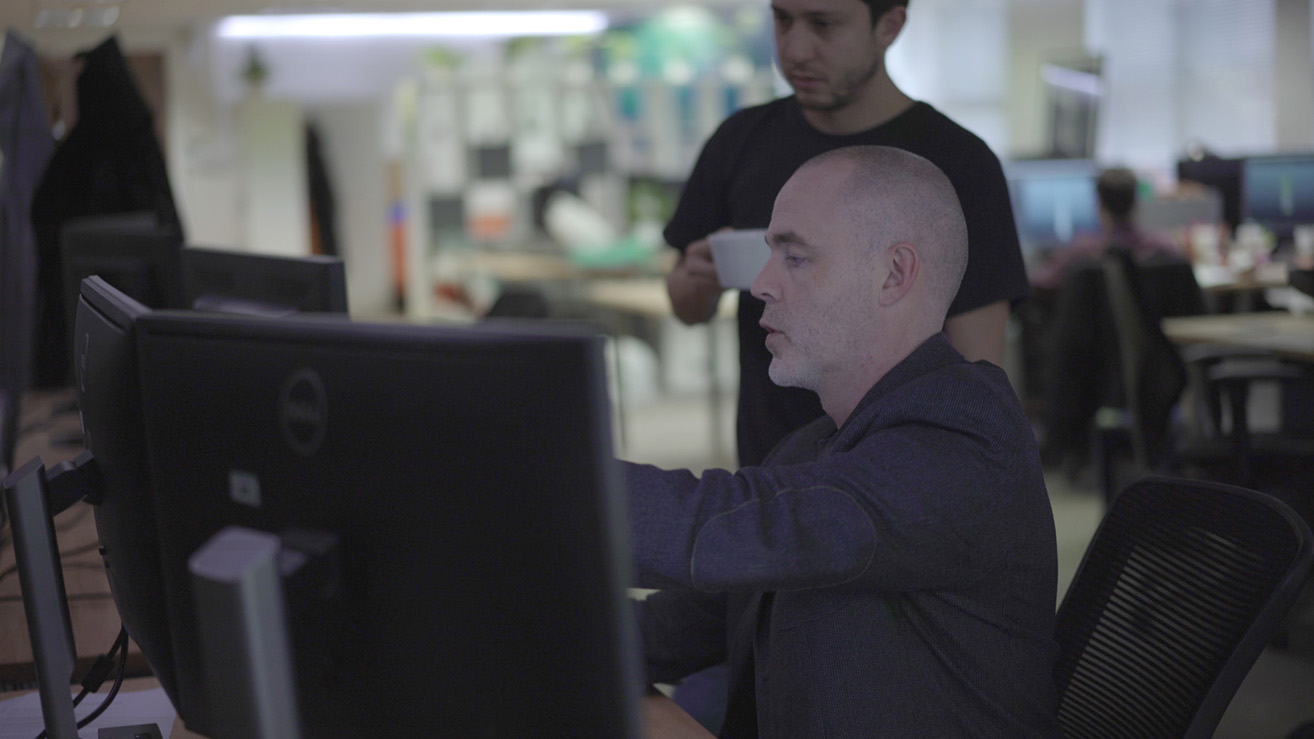
The life of an individual concept, whether for an environment, character or anything else, usually develops over time.
“Concepts usually begin as 2D sketches and digital paintings but for certain tasks, such as creature design, 3D sculpting can be a powerful tool to sell an idea that might be difficult to visualise as a flat drawing,” explains Molloy.
It’s a case of trying to find the most suitable approach depending entirely on the specific nuances of the thing you want to visualise. Directors and showrunners have to make decisions based on what’s ostensibly a very early draft of the finished product, so it’s the concept art team’s responsibility to use the right tools to get an idea across and get decision makers excited enough to move forward.
“Photoshop is my default program for 2D sketching and painting purely because I’ve been using it for 25 years,” says Molloy.
"However, I’m always trying out alternatives. In recent years I’ve increasingly been using Procreate on the iPad as I can ‘draw’ on the screen with a stylus and use traditional illustration techniques. “For 3D concepts I use ZBrush with Keyshot as the external renderer, then I bring the renders into Photoshop or Procreate to paint in additional details. “When it comes to concepting environments, I’m a big fan of photobashing which is a form of digital collage – creating an image using elements from various stock photography sources. “For characters and creatures, I tend to sketch and paint ideas first for quickly iterating through forms then work up several ideas as 3D sculpts, which I then use as a starting point to paint over in 2D to finesse details.”
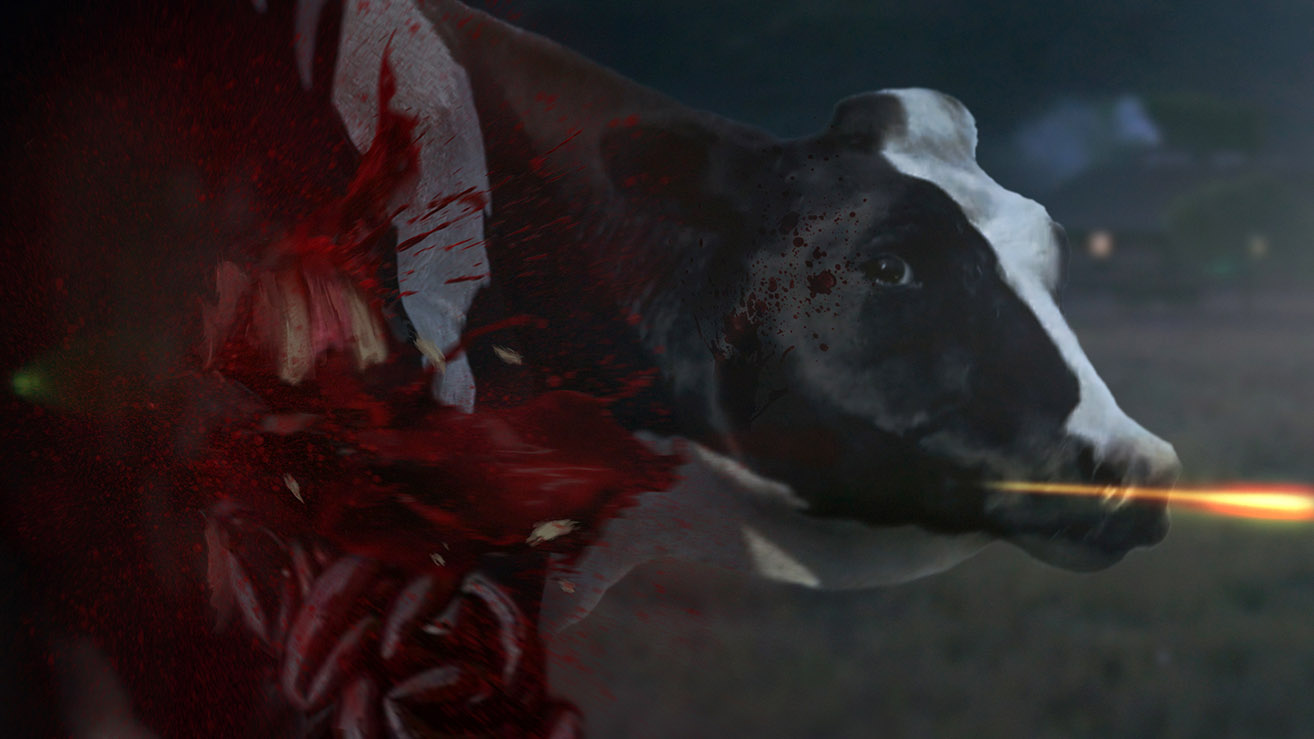
Key to concept art is speed of iteration. The team is able to turn new versions of concepts around in hours, not days, due to the aforementioned techniques. These concepts can be absorbed by the production-side creative team and fed back on in real-time on a personal call with the artist producing the concept.
“It all depends on the complexity of the concept, for instance a futuristic cityscape would be more time consuming than a quadruped creature,” highlights Molloy. “Having come from a fine art and illustration background I must regularly check myself to not get too carried away with detailing early stage concepts and tend to limit myself to an hour or two per concept!”
Creative collaboration and ideation are key to successful VFX provision, as is forging close working relationships with production-side VFX personnel like overall VFX supervisors and producers. Getting a VFX team to work on concept art during pre-production cements those relationships early.
“The VFX supervisor is usually the first point of call for creative feedback and their notes are generally addressed before the director or showrunner views them for further comment.
“Usually changes can be made within a matter of hours unless I need to ‘go back to the drawing board’ which is why you should never get too precious about your concepts as many will never see the light of day.”
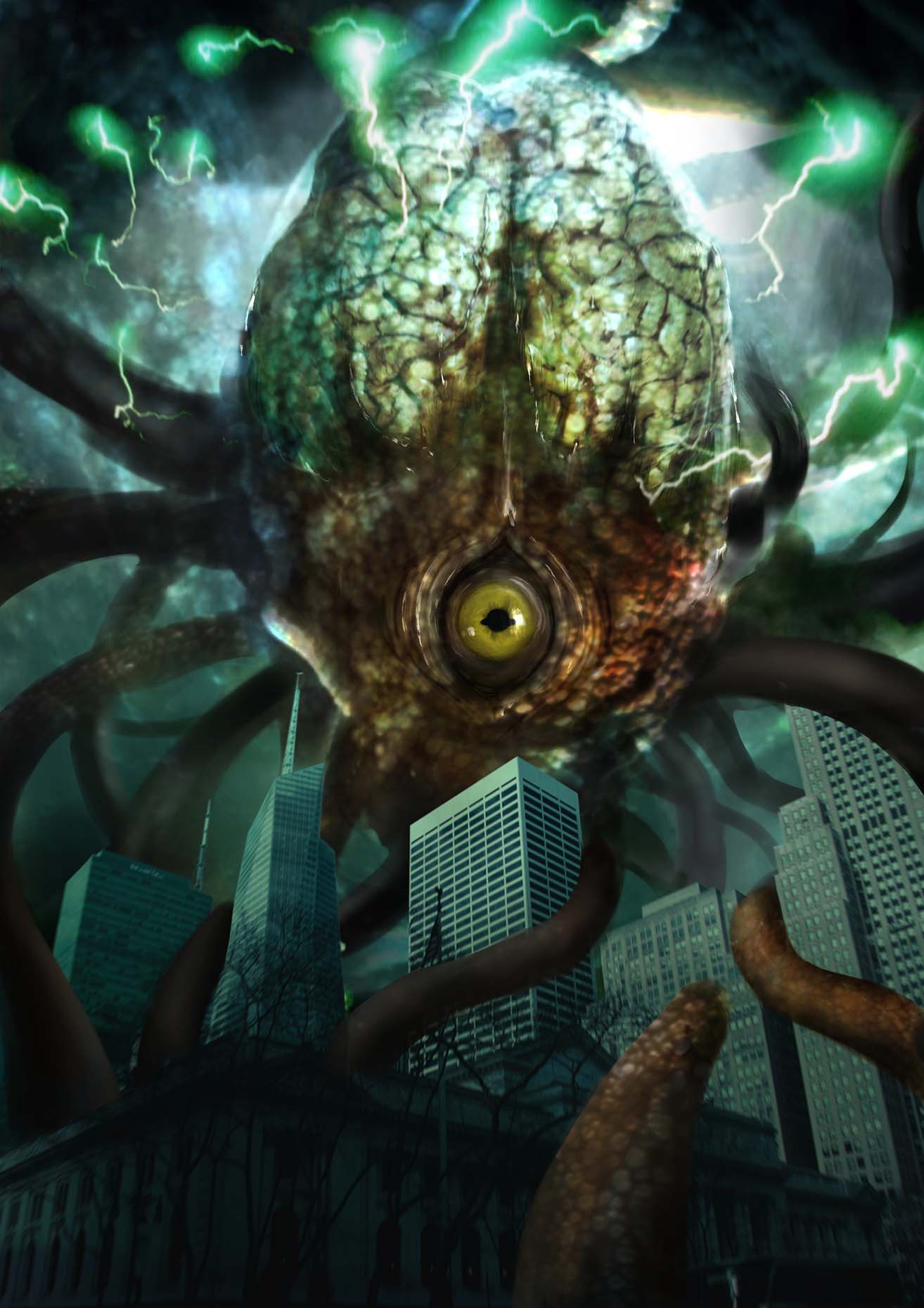
Of course, it’s common for a crew to get on set and begin to question earlier decisions – the number of variables that can crop up when cameras start to roll means that best laid plans can change at a moment’s notice.
It’s here, yet again, that working with an internal concept art team that has an intimate understanding of the VFX pipeline can alleviate the stress of last-minute changes and ensure any altered plans don’t harm the end product or create costly delays when you get to post.
“Ultimately, working with a concept art team like ours during pre-production ensures two things,” concludes Molloy.
“Firstly, continuity of communication between you and Outpost, as the concept art team helping you set a look will stay with the project throughout production and post to continue iterating designs and will work directly with VFX artists internally to bring those creations to life.
“Secondly, before you even get to set it will give you a much clearer picture of how VFX provision will take shape months down the line.
“That level of confidence in the creative direction of either a whole show or even just one specific asset will support your shoot and save time in post. It serves the romantic purpose of enabling truly creative collaboration, and the functional purpose of being prepared for post well in advance.”





